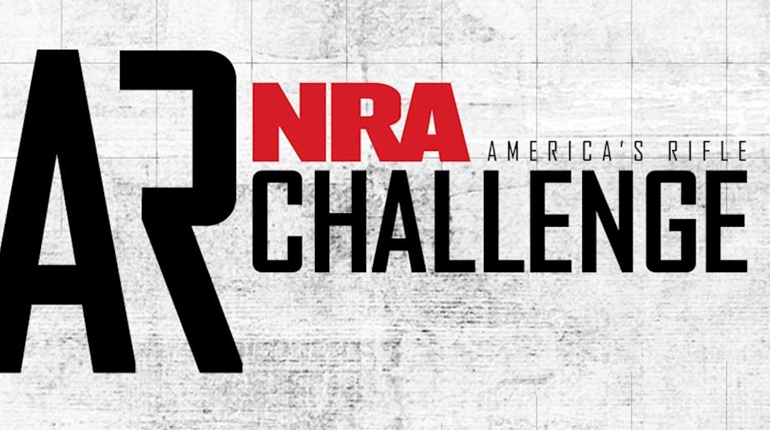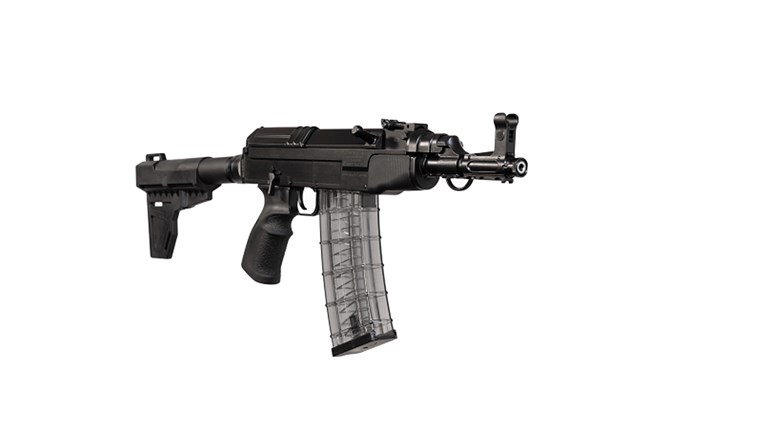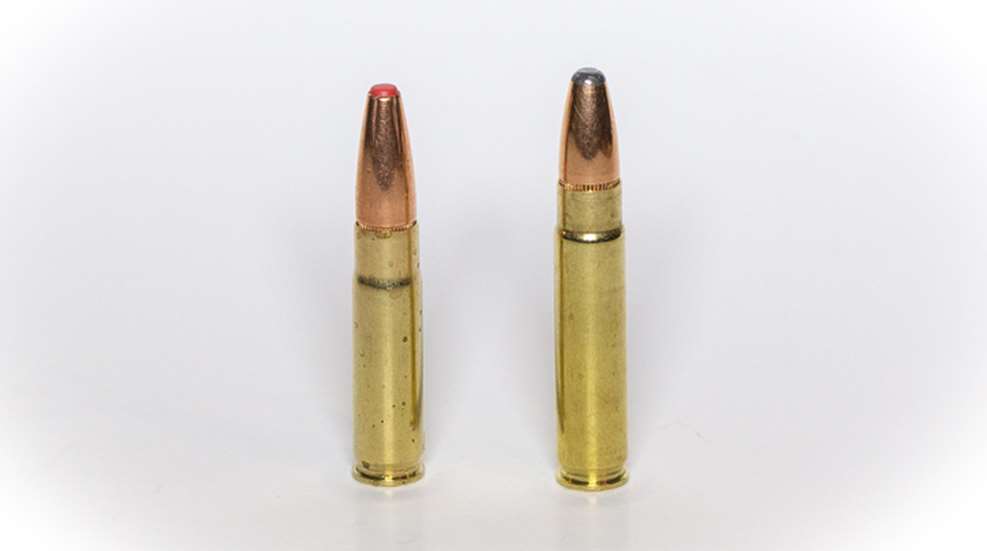
At about the turn of the 20th to 21st century, a movement to create better cartridges for the AR-15 platform began. Hunters wanted a better cartridge for big game, and certain elements of the military considered replacement of the 5.56 NATO. The first legitimate attempt at this was the 6.8 SPC. It made some waves and still has a following, but, with apologies to Jim Morrison, it just couldn’t “break on through to the other side.” However, about 10 years later another cartridge did.
Remington, in association with Advanced Armament Association, tweaked a wildcat cartridge known as the .300 Whisper, changed the name to .300 Blackout, and the shooting world went crazy for it. The .300 Blackout had several things going for it. It had a very cool name, it worked well in the AR-15, it fired a .30-caliber bullet, and it delivered decent supersonic performance. More importantly, the Blackout was a fantastic subsonic cartridge, just as J.D. Jones the designer of the .300 Whisper had intended it to be. Manufacturers could not make .300 Blackout rifles and ammunition fast enough.
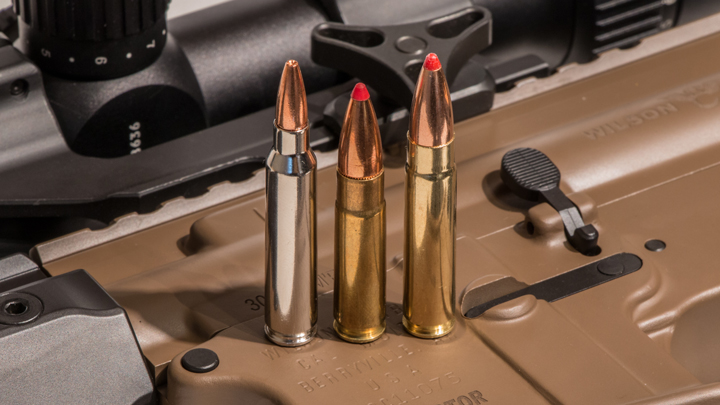
In fact, it could be argued that the current fascination with subsonic shooting and suppressors was started by the .300 Blackout. The cartridge is still moderately popular but for the most part, the newness has worn off. Though it was often touted that its supersonic ammunition was the equal of the .30-30 Winchester, hunters soon found out that was not the case. Also, some shooters learned the hard way that certain .300 Blackout loads could chamber and fire in a .223 Remington/5.56 NATO rifle with disastrous results.
While all this was going on, Bill Wilson, the founder of Wilson Combat, was establishing a ranch near Cuthand, TX, and it was plumb overrun with feral hogs. Though Bill is mostly known for his work with the 1911 pistol and participation in competitive handgun shooting, Bill is a serious hunter. He started working on the hog population at his ranch and in the process tried every AR-15 cartridge he could find, including the .300 Blackout. Nothing satisfied him, so being the industrious fellow he is, Bill decided to create his own.
The result was the .300 HAMR, which is a modified .223 Remington case necked up to .30-caliber. Well, I know what you’re thinking, that sounds like a .300 Blackout. Yeah, but it’s not. The .300 Blackout uses a much shorter (1.368-inch) case compared to the HAMR’s 1.603-inch case. The short Blackout case was designed to allow for the use of the long and heavy bullets that made it the subsonic wonder cartridge it is. The HAMR on the other hand was designed to do what many imagined the .300 Blackout could do—equal the ballistics of the .30-30 Winchester.
From a subsonic standpoint, the .300 Blackout is the best offering available in the AR-15 platform. Few will argue that. However, from a supersonic standpoint, where rifles are used to stop big critters or bad guys, the .300 HAMR is a much better option. In fact, as far as the AR-15 is concerned, it might be the best big game hunting/tactical cartridge currently available.
This is partly because other AR-15 cartridges use smaller and lighter bullets that lack the mass to deal with intermediate barriers. And, it’s partly because the other .30- and .31-caliber (.300 Blackout and 7.62x39 mm) AR-15 compatible cartridges lack the ability to drive well-constructed, heavy bullets fast enough for enhanced wounding. Unfortunately, because Wilson’s primary motivation for the HAMR’s development was for hunting, that’s the context the .300 HAMR is most often mentioned in. It shouldn’t be.
As of now, the downside with the .300 HAMR is that ammunition options are significantly less than with the .300 Blackout. A major online retailer lists 58 loads for the .300 Blackout and the only thing they sell for the .300 HAMR is unprimed brass and dies. However, Wilson Combat offers 17 loads for the HAMR and since the cartridge was recently approved by SAMMI (Sporting Arms and Ammunition Institute) South Ballistic Research (SBR) now offers two .300 HAMR loads. As manufacturers get a handle on the current ammunition situation, you can expect more loads from more manufacturers to follow.
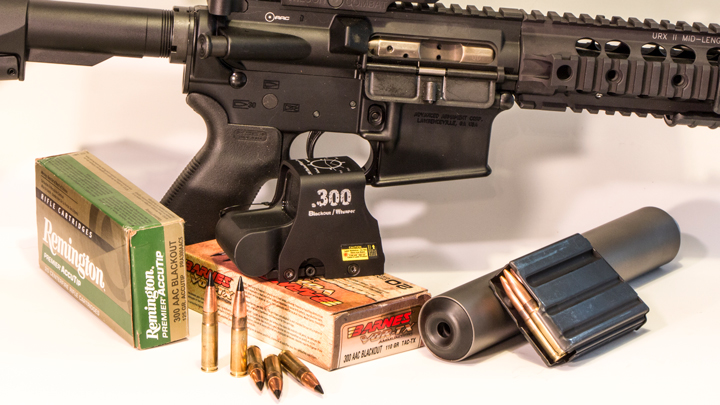
The comparison between the Blackout and HAMR is warranted because both are AR-15 compatible, and unlike the 6 mm ARC and 6.5 Grendel, which require a new barrel, bolt, and magazine, the conversion to Blackout or HAMR only requires a new barrel and magazine. (Wilson Combat recently introduced a new magazine that will work with the 5.56, the Blackout, and the HAMR.)
The .300 HAMR is extremely accurate because the twist rate is optimized to work with a set bullet length and velocity. With the .300 Blackout, which was designed to fire both super and subsonic ammunition, the twist rate is a compromise. You might shoot itty bitty groups with either subsonic or supersonic loads out of a .300 Blackout, but it’s unlikely you’ll do it with both. The real question is not which is the best cartridge, but which is the best cartridge for you.
To find the answer, the key is to know what you want to do with your AR-15. If subsonic shooting is what makes your heart go pitter patter, go with the Blackout; it may be the best subsonic cartridge of all time. However, if you want to shoot through barriers, deliver hard hits, and strike with the most lethal punch you can from an AR-15, at reasonable engagement distances, the HAMR is the answer.










